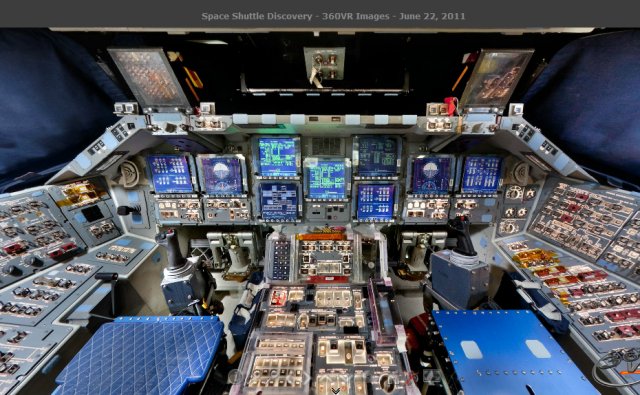Brid-Aine Parnell reports on today’s launch of the SpaceX Dragon:
History is just days away from being made as SpaceX’ Dragon cargoship finally blasted off successfully on its Falcon 9 rocket this morning on its way to a rendezvous with the International Space Station.
Elon Musk’s private space firm has had a number of setbacks with the latest test flight of the Dragon, delaying again and again to make sure the software that will put it within spitting distance of the ISS was working properly. And just when it seemed there was no stopping the takeoff last Saturday, the computer held the ship on the ground.
The engines were already firing when the computer “saw a parameter it didn’t like” and aborted the trip. SpaceX engineers later replaced a faulty pressure valve.
However this morning at 08:44 UK time (03:44 US Eastern) there were no problems and the Falcon 9 rocket lifted off on schedule to place the Dragon capsule into an orbit which will carry it to a rendezvous with the station on Friday if all goes to plan.
The first hurdle in the commercial company’s maiden berthing with the ISS has been jumped, with the Dragon out of Earth’s atmosphere, but there’s still a lot to prove before Houston will give the go to attempt a docking.


 The agency had not responded to a request for comment at the time of publication, and has not yet announced the appointment publicly.
The agency had not responded to a request for comment at the time of publication, and has not yet announced the appointment publicly.



